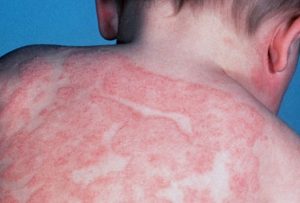Background:
Around half of the adult population worldwide is affected by the condition known as dandruff (Soares et al. 2016). Dandruff is characterized by small white flakes that are shed from the scalp, which often end up in a person’s hair or on their shoulders. Dandruff can cause intense itchiness of the scalp. Having visible dandruff flakes can lead to social embarrassment, due to the stigma that dandruff is caused by poor personal hygiene (e.g., not washing your hair enough). This is not true, however. It is not known what the exact cause of dandruff is, but Malassezia yeasts, specifically an imbalance/overabundance of them, are/have been suspected to play a role in its development (Wang et al. 2015). Malassezia is a fungal genus, and it is normal for fungi belonging to it to live on human skin (Soares et al. 2016), along with other species of fungi and bacteria, like Propionibacterium acnes and Staphylococcus epidermidis (Clavaud et al. 2013). In 2018, researchers in India conducted a study on the scalps of 140 Indian women to learn more about what kinds of microbes (including bacteria and fungi) were present on dandruff scalps vs. healthy scalps (Saxena et al. 2018). Continue reading “Comparing the Dandruff vs. Healthy Scalp Microbiome”

